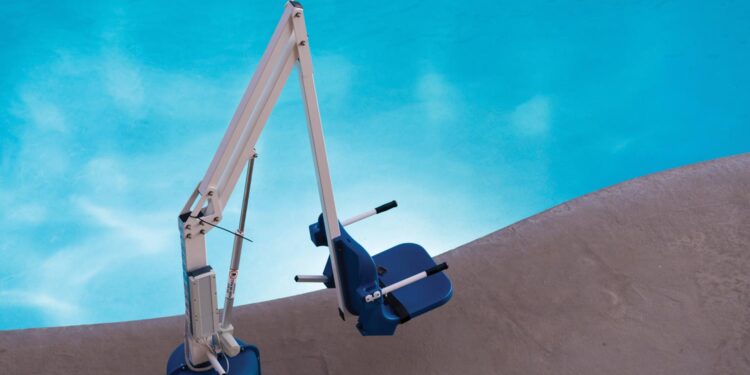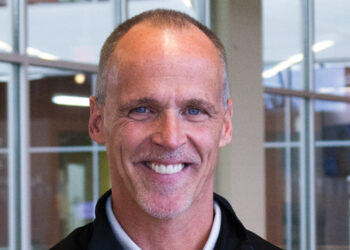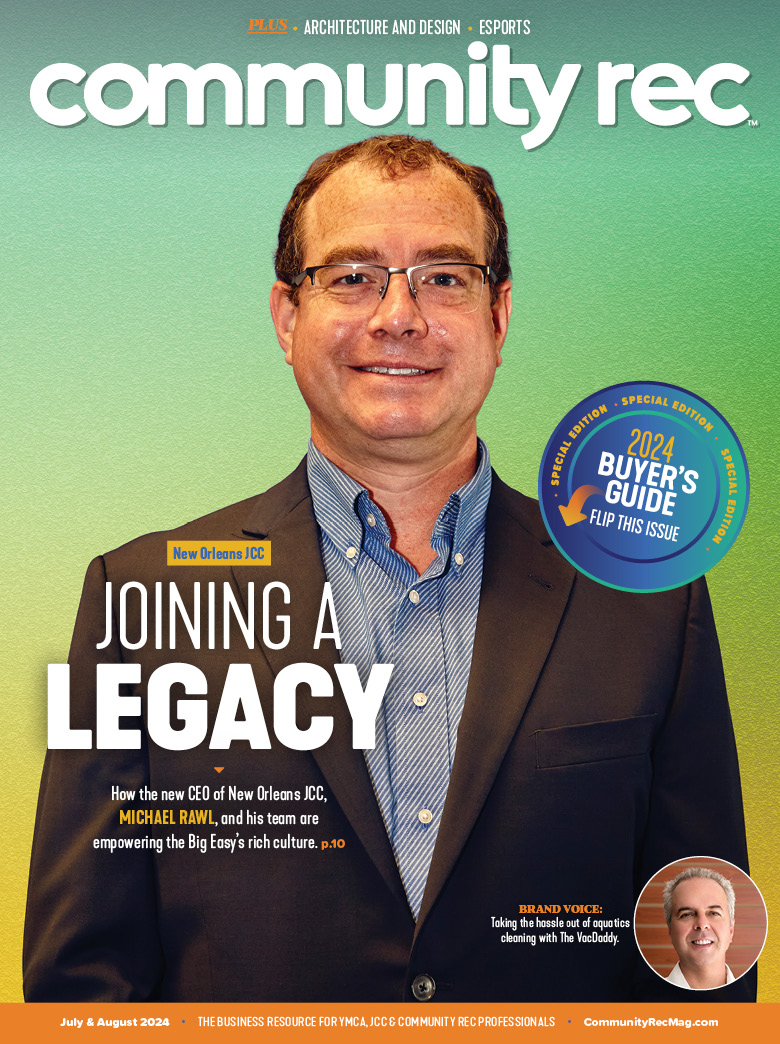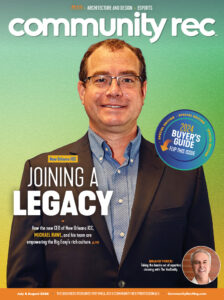Many facilities are finding that aquatic secondary ADA access is being used far more than the primary ADA access — as a result, pool lifts rust from lack of use and preventative maintenance. The idea of both the Model Aquatic Health Code (MAHC) and the federal ADA guidelines was to assure everyone could get in and out of the pool in a dignified manner.
With the changing of guidelines over the last decade, they both improved for some and failed for some. If you have 1,000 people attending your facility for aquatic classes, about 5 to 10% of those will require the pool lift. The problem? If you have 10 people in the pool that require the pool lift for entry and exit, how can you meet the pool evacuation time? It is the secondary ADA access that allows this to happen — albeit with assistance, but some of those systems are designed for it.
According to professionals in the industry, including aquatic therapists, lifeguards, maintenance workers and the aquatic directors, most facilities tend to favor the secondary access system to get the majority of their clients in the pool.
Just to be clear, the pool lift has its place in many facilities, and the intention is to get everyone in the pool. But what the majority of the industry does not understand is why the ADA secondary access is not the primary access point. It would allow far more people to get in and out of the pool than the current primary access.
This is a common frustration from all levels in the industry. There are a lot of factors for a lifeguard when only the primary ADA lift is provided, and they see an evacuation time exceeding the limits while just a few people are using it. Of course, it is limited to a 24-inch max width between handrails on any ADA aquatic step system, yet it is 30 inches everywhere else. This has also become a major issue for many facilities.
The MAHC and the federal ADA guidelines have the proper and good intent to get everyone in the pool, but did they really speak with people in the industry and the people who need these items before making some of these rules? In the end, it is up to the people to change or provide addendums to the laws by voting, and taking part in open forums and discussions with those who make the laws.
In the meantime, the industry will continue making access items as described by law and code, regardless of the needs or adjustments needed by the people and facilities. Be a part in the changes of law by participating and making the voices of many heard through one.
Douglas Hancock is the CEO at VIP Solutions, LLC . For more information, visit aquatrek2.com, call 800.726.8620, or email info@aquatrek2.com.











